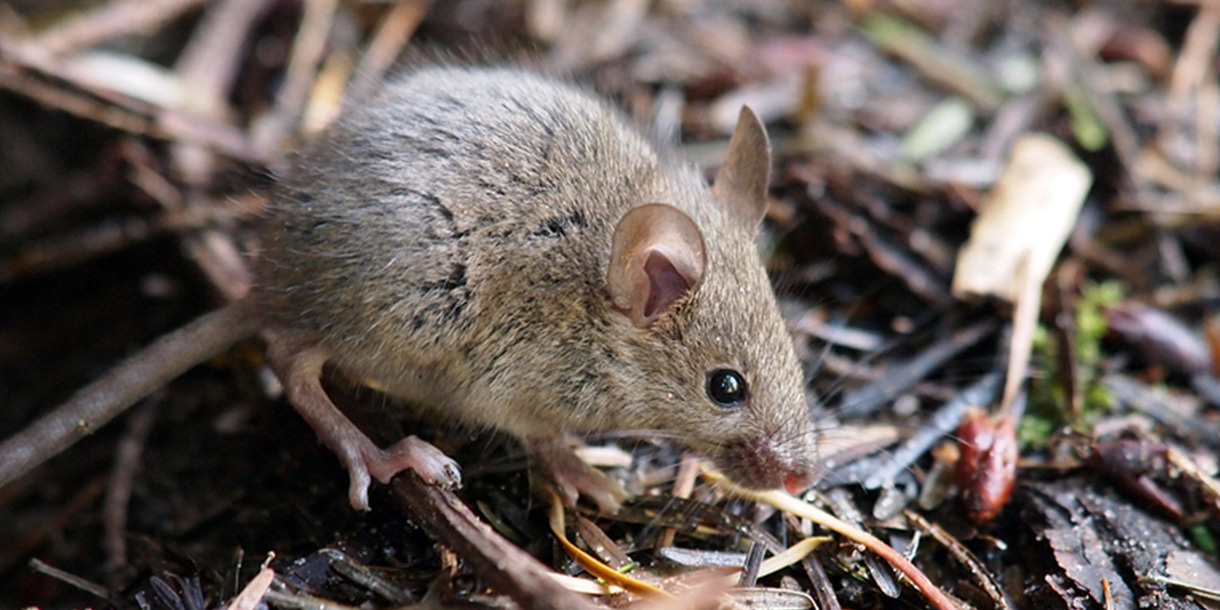
About The Pest
The common house mouse is one of the most widespread indoor pests in homes and commercial buildings across the United States. Small, fast, and highly adaptable, this species is known for its ability to thrive in almost any environment where food and shelter are available. Early recognition and control are key, because they reproduce quickly and often go unnoticed until signs of infestation appear. At JP Pest Services, we help customers learn about house mice. We show them the risks and how to spot these pests early, and how they get into your home. This way, they can avoid serious contamination or damage to their homes. Our team offers expert help, from identifying house mice to preventing them. We’ll protect your space from these stubborn pests.
At JP Pest Services, we help customers learn about house mice. We show them the risks and how to spot these pests early, and how they get into your home. This way, they can avoid serious contamination or damage to their homes. Our team offers expert help, from identifying house mice to preventing them. We’ll protect your space from these stubborn pests.
House Mouse Identification & Characteristics
Understanding house mouse characteristics makes it easier to spot an infestation early. This species has a compact body with short fur that ranges from light brown to gray, often with a slightly lighter belly. Their ears are large in proportion to their head, and their eyes are small and black. The tail is typically the same length as the body, covered in fine, scale-like skin and very little hair.
House mice prefer to stay close to food and nesting materials when indoors. They nest in quiet, hidden spots. You might find them in wall voids, cabinets, or behind appliances. They use shredded paper, fabric, or insulation to make small, soft shelters. These nests are often within 30 feet of a food source, making kitchens, pantries, and storage rooms high-risk.
Mice leave behind several signs of their activity. Common indicators include grease marks along baseboards, gnawed packaging, and small, pellet-shaped droppings. you're more likely to hear faint scratching at night than to spot a mouse during the day.
House Mouse Size & Appearance
House mice adults typically measure between 2.5 and 4 inches in body length, with an additional 3 to 4 inches of tail. They weigh less than an ounce but can cause disproportionate damage for their size.
Their agility, size and quick movements also make them difficult to catch, especially once they become familiar with your property's layout.
The House Mouse Lifespan
The lifespan of a house mouse varies depending on the environment. In the wild, they may only live for several months due to predators and harsh conditions. However, with consistent food, water, and warmth, a house mouse can live up to one year.
Though that might not seem long, a single female can produce up to ten litters per year, each containing five to six pups. That means even a small infestation can quickly turn into a large one if not addressed promptly. Their short breeding cycle and high reproduction ratemake house mice one of the most difficult indoor pests to control once they establish a nest.
What to Know About the Common House Mouse
This species is not just a nuisance; it's a threat to your property and health. House mice can chew through wiring, insulation, and even soft plumbing, leading to expensive repairs. Their droppings and urine can contaminate food and surfaces. This raises the risk of foodborne illnesses and allergens. This is especially concerning for people with asthma or other breathing issues.
House mice have a flexible diet. While they prefer grains, seeds, and sugary snacks, they will eat nearly anything available. This makes restaurants, warehouses, and food production facilities particularly vulnerable if food isn't properly stored.
The common house mouse is highly territorial. Once a nesting site is established, they explore their surroundings cautiously but consistently.They are also social creatures, and communicate with other mice to invite them into your home. If they find a reliable food source, they'll return night after night, reinforcing scent trails and wearing down their chosen paths.
Seasonality
Though house mice can be active year-round, infestations are more common during the fall and winter. When it gets cold outside, mice look for warm spots to nest. This often brings them into homes, basements, and commercial buildings. Once inside, they'll exploit any opportunity to find food and shelter.
That's why exclusion is critical during seasonal transitions. Sealing small gaps, securing food storage, and cleaning hidden spaces can help reduce the chance of a winter infestation. Ongoing monitoring and inspections from a pest professional are also helpful, especially in older buildings or areas with a history of rodent problems.
Understand Other Pests
Interested in learning more about the pests affecting New England's homes and businesses? JP Pest Services offers a full library of pest information to help you identify and understand common threats. In addition to the common house mouse, you can explore detailed pages on the norway rat and the deer mouse, two species frequently encountered in this region.
If you suspect house mice have entered your home or facility, don't wait for the problem to grow. Our team is ready to inspect your property, confirm activity, and recommend a customized control plan that addresses the issue at its source.
